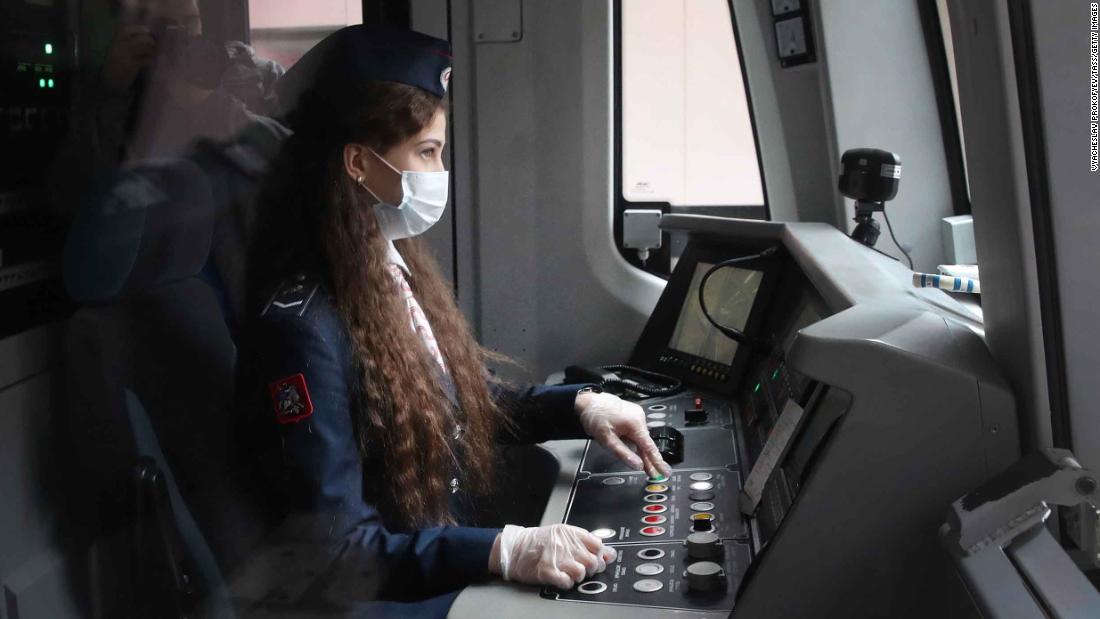The first of a new generation of female drivers started work on Sunday, according to a statement from the Moscow Department of Transport.
The Russian Ministry of Labor ordered women to be able to drive trains on the network a year ago, and now the first cohort has successfully completed a training program and entered the job market. Of the 25 women who started the course, 12 completed and will become drivers, according to the secretariat.
“Next year, at least 50 new employees will join our drivers,” said the statement. “We are very proud that transport in Moscow is a territory accessible to people regardless of gender!”
The new drivers will work on the Filevskaya line, one of the most modern in the Metro network.
Women had been able to drive trains on the network since 1936, but the ban on hiring new drivers was introduced in the early 1980s, according to the Moscow mayor’s office.
“This was explained by the protection of women against difficult job responsibilities and unfavorable working conditions,” the document said.
The Department of Transportation said the work previously involved “heavy physical effort”, but many processes are now automated.
Kristina Vakulenko, 31, was one of the first women to enroll in the program.
“We are now being trained to work on the new Moskva trains – they are modern, so working conditions are much better than before,” Vakulenko, whose husband is also a subway driver, told the state news agency TASS in May. “I can’t compare myself, but my husband says that the difference with the old model is very noticeable.”
Vakulenko said the training program was “difficult”, but stressed that drivers have 48 days of vacation each year.
Special uniforms were developed for female pilots, who will be able to choose between skirt or pants.
About 36% of the Moscow Metro’s total workforce of 62,000 employees is female, according to the statement.
The metro, which started operating in the 1930s, is known for its spectacular architecture, and the use of the metro is considered a journey through national heritage.
